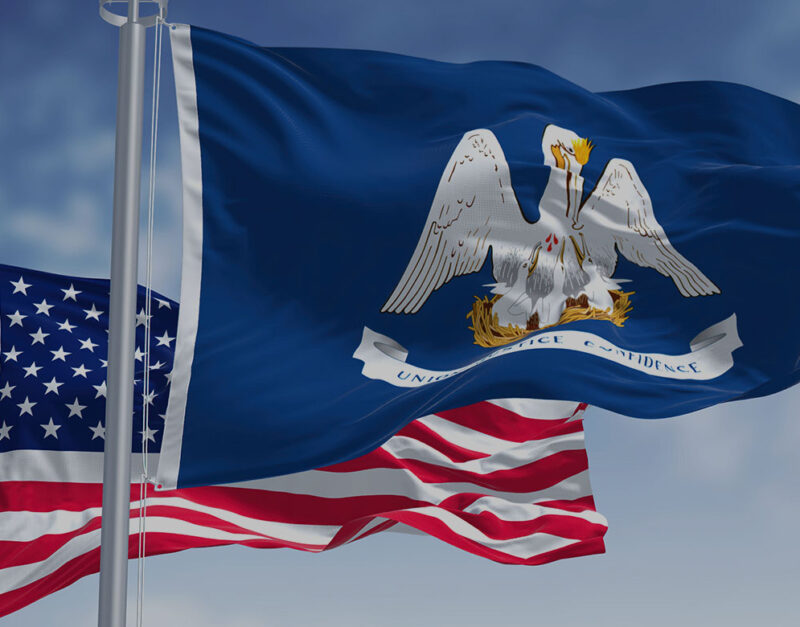 August 1, 2023
August 1, 2023 Much has been written about Louisiana’s Cancer Alley, a region comprising more than 100 miles along the Mississippi River from New Orleans to Baton Rouge. This stretch of land is home to many manufacturing plants and is known for high levels of air pollution. As a result of that pollution, it is also known for higher-than-normal rates of cancer, respiratory diseases and birth defects. Recent studies have shed new light on Louisiana government policies that have helped create the dangerous conditions and negative health consequences for so many Louisiana residents.
The History of Cancer Alley
For many years, the Louisiana economy was heavily reliant on agriculture, and the region’s economy was fueled by the area’s plantations and farms. As the country as a whole industrialized, so did the state. Chemical manufacturers and other factories clustered in this area, which was quickly termed the Chemical Corridor. Currently, about 150 plastics factories, oil refineries and chemical plants are located in this area, with more hoping to move there in the near future.
They are drawn by generous government subsidies – estimated at $1 billion per year – for new manufacturing companies and for companies that expand or update existing facilities. And those incentives, the studies allege, are contributing to the ongoing pollution problem.
Pollution levels in this area are much higher than in the rest of the state. And the more than 50 pollutants found in the air include known carcinogens formaldehyde, chloroprene and benzene.
How Tax Incentives Led to a Pollution Explosion
Louisiana’s Industrial Tax Exemption Program was created in the 1930s and is one of the largest in the United States. Until 2016, local jurisdictions had no say in the awarding of exemptions – a state board had full authority to review and decide whether to grant the tax incentives. Shutting local authorities out of the decision-making process likely led to the consolidation of pollution-emitting plants in largely Black and low-income areas.
After the Clean Air Act was enacted in 1970, states were given latitude to create their own regulations to monitor air toxicity, and many say that Louisiana’s regulations are particularly lenient, making it hard to clean up the problem caused by years of chemical production consolidation. For example, ProPublica reports that Louisiana’s benzene standard is twice as lenient as that of Texas, which is another U.S. pollution hotspot.
A 2022 study that examined data from the Louisiana Tumor Registry underscores the socioeconomic disparities. Researchers examined cancer risk assessments from the EPA’s National Air Toxics Assessment, along with race, occupation and poverty data from the U.S. Census Bureau. The study found a strong correlation between race and socioeconomic status and increased incidence of cancer. Poor and Black neighborhoods had cancer diagnoses at rates higher than the national average, while more-affluent and white neighborhoods had cancer rates lower than the national average. Lifestyle choices, including smoking and obesity, did not seem to affect cancer rates when comparing Louisiana communities.
In addition, a January 2023 study showed that communities made up largely of people of color were exposed to 7 to 21 times more air pollution than white communities. The study’s authors say their results show “a stark racial disparity in industrial emissions that is driven by state permitting, particularly of chemical manufacturers, rather than by infrastructure or labor supply.”
These studies, in addition to years of anecdotal evidence gathered from residents, can be used to help prevent the construction of new chemical companies, provide proof that current companies need to do a better job of cutting emissions, and help affected residents get more resources to improve their health.
How We Help Victims of Benzene Exposure
Seek justice with the help of our experienced attorneys. Our Dallas, Texas, benzene law firm has battled corporate giants on behalf of individuals like you for 20 years, aggressively fighting to hold them responsible for dangerous chemicals and the personal injuries and cancers they cause. If you have suffered a catastrophic injury caused by dangerous products, we can help.


